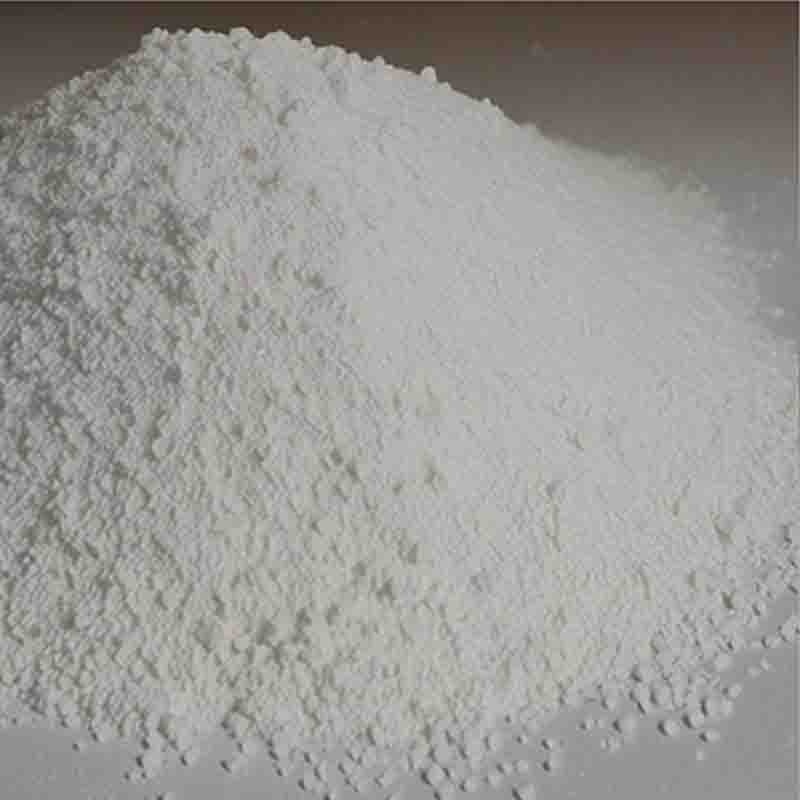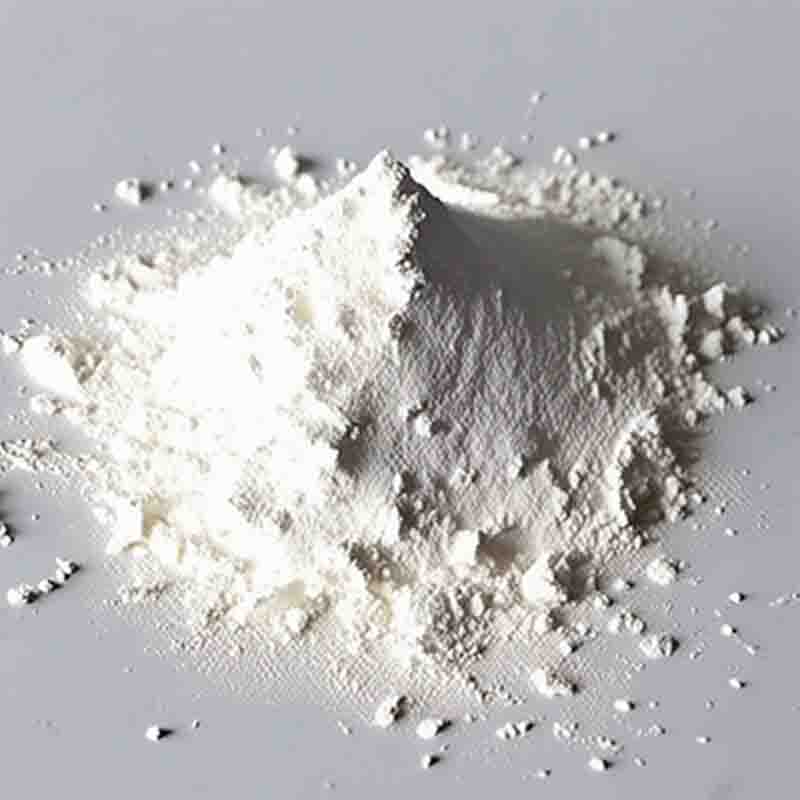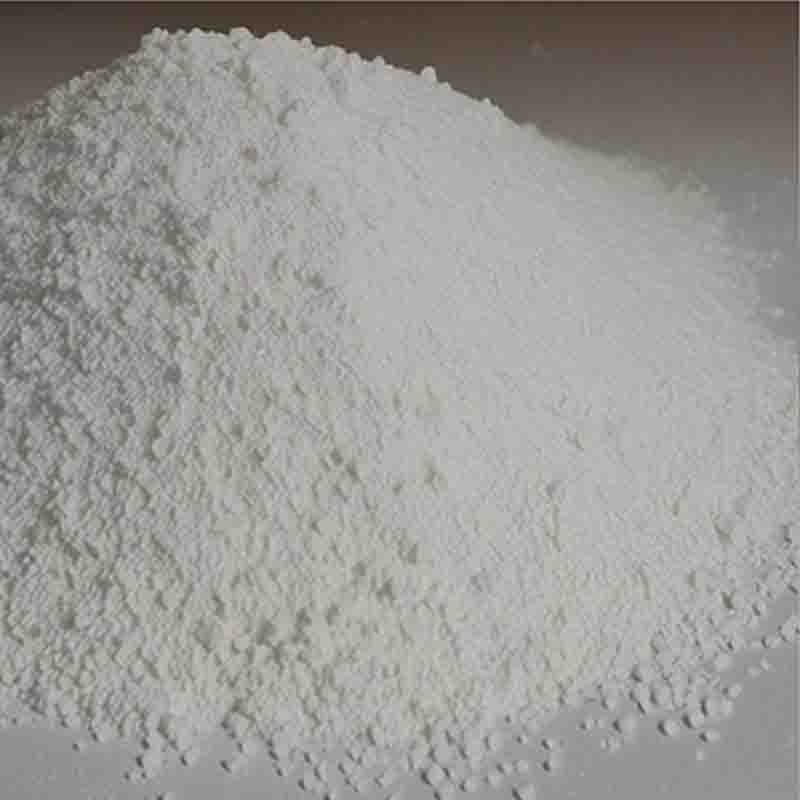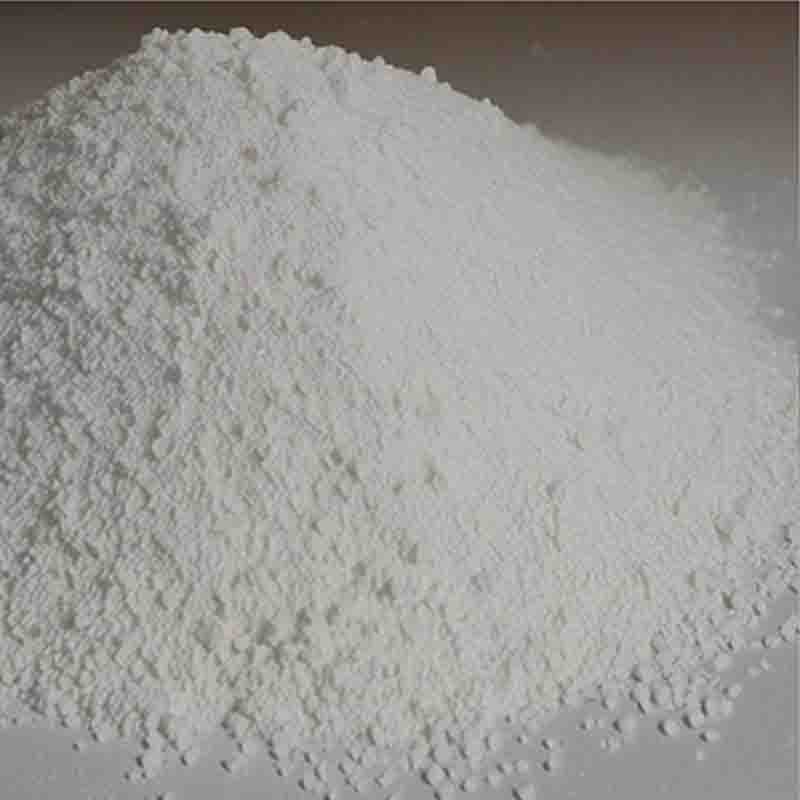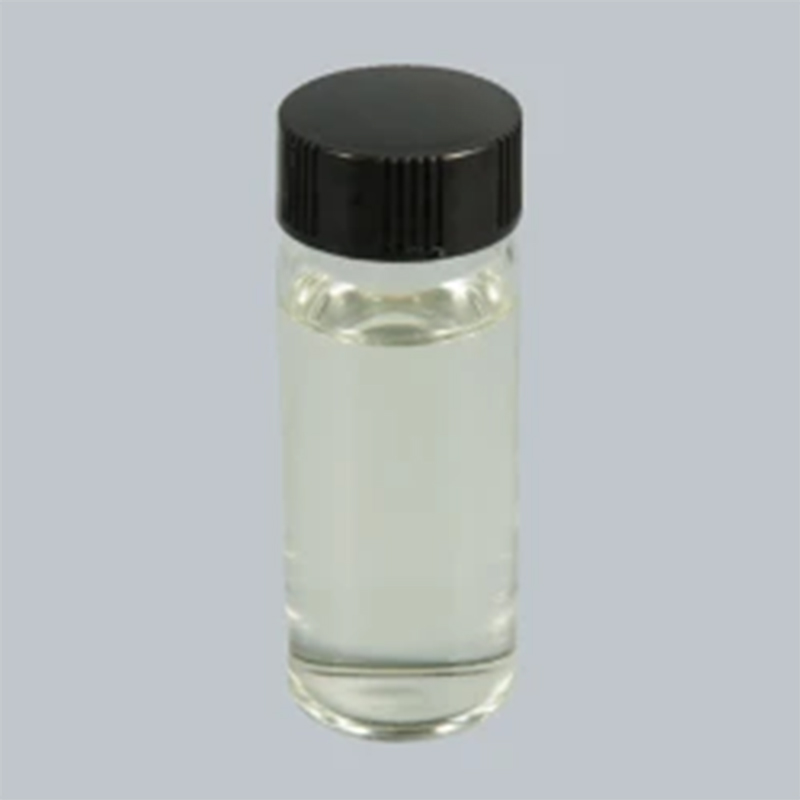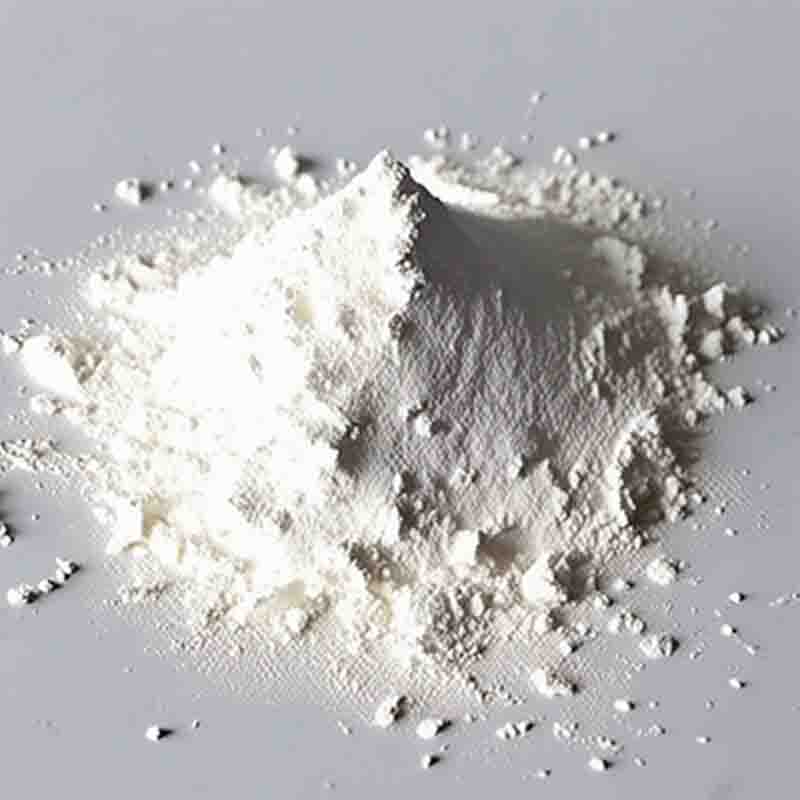3-(4-Chlorbutyl)-1H-indol-5-carbonitrile CAS:143612-79-7
| Catalog Number | XD95607 |
| Product Name | 3-(4-Chlorbutyl)-1H-indol-5-carbonitrile |
| CAS | 143612-79-7 |
| Molecular Formula | C13H13ClN2 |
| Molecular Weight | 232.71 |
| Storage Details | Ambient |
Product Specification
| Appearance | White powder |
| Assay | 99% min |
3-(4-Chlorbutyl)-1H-indol-5-carbonitrile is a chemical compound that belongs to the class of indole derivatives. It has various effects and applications in the fields of pharmaceutical research and organic synthesis. In this response, we will discuss its effects, uses, and potential risks.One of the main effects of 3-(4-Chlorbutyl)-1H-indol-5-carbonitrile is its potential as a therapeutic agent. Indole derivatives, including this compound, have been extensively studied for their biological activities. They exhibit a range of pharmacological effects, such as anti-inflammatory, antimicrobial, and anticancer properties. This compound may have specific effects depending on its interaction with biological targets.The application of 3-(4-Chlorbutyl)-1H-indol-5-carbonitrile in the field of organic synthesis is another important aspect. It serves as a valuable intermediate in the synthesis of various pharmaceutical compounds and bioactive molecules. Chemists can modify this compound to attach different functional groups or introduce additional chemical moieties to enhance its biological activity or create new chemical entities.Additionally, 3-(4-Chlorbutyl)-1H-indol-5-carbonitrile may also have an impact on the central nervous system. Indole derivatives, especially those with an indole ring system, have been investigated for their potential neurological effects. Some studies suggest that these compounds, including 3-(4-Chlorbutyl)-1H-indol-5-carbonitrile, may possess neuroprotective properties or exhibit modulatory effects on neurotransmitter systems.As with any chemical compound, it is crucial to assess potential risks associated with the use of 3-(4-Chlorbutyl)-1H-indol-5-carbonitrile. Proper safety precautions should be followed during its handling, as it may have toxic or irritant effects. It is always important to work in a well-ventilated area and use appropriate personal protective equipment when dealing with this compound.In conclusion, 3-(4-Chlorbutyl)-1H-indol-5-carbonitrile is a compound with various effects and applications. Its potential as a therapeutic agent, its role as an intermediate in organic synthesis, and its possible impact on the central nervous system make it an interesting compound for further research and development. However, it is essential to handle this compound with care and adhere to safety guidelines to mitigate potential risks.




